Key Takeaways
- Fungus gnats infest damp houseplant soil; dry out soil and use sticky traps to reduce populations.
- Fruit flies breed in spoiled food; maintain cleanliness, dispose of waste regularly, and use simple traps.
- Drain flies thrive in organic matter within plumbing; maintain drains with routine cleaning.
- Eye gnats seek moisture around facial features and breed in moist outdoor soils; outdoor sanitation is key.
- Phorid flies breed in hidden decomposing material; regular household inspections and prompt cleanup prevent infestation.
- Keeping indoor humidity low, ensuring cleanliness, and addressing moisture issues helps reduce gnat problems.
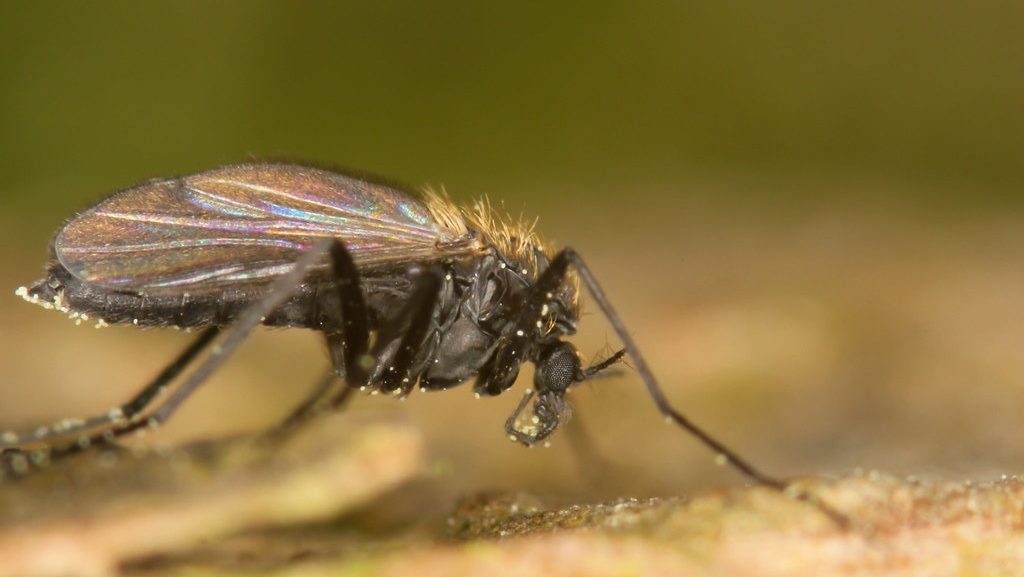 Tiny, buzzing gnats swarming in your kitchen, bathroom, or around indoor plants can be a frustrating problem for homeowners across the United States. While they might seem harmless, these small pests can quickly multiply, turning minor annoyances into significant infestations. Understanding the different types of gnats commonly found in homes is essential for effectively addressing the issue.
Tiny, buzzing gnats swarming in your kitchen, bathroom, or around indoor plants can be a frustrating problem for homeowners across the United States. While they might seem harmless, these small pests can quickly multiply, turning minor annoyances into significant infestations. Understanding the different types of gnats commonly found in homes is essential for effectively addressing the issue.
In this detailed guide, we’ll cover common household gnats, including fungus gnats, fruit flies, drain flies, eye gnats, and phorid flies, along with their characteristics, habits, and effective methods of prevention and control.
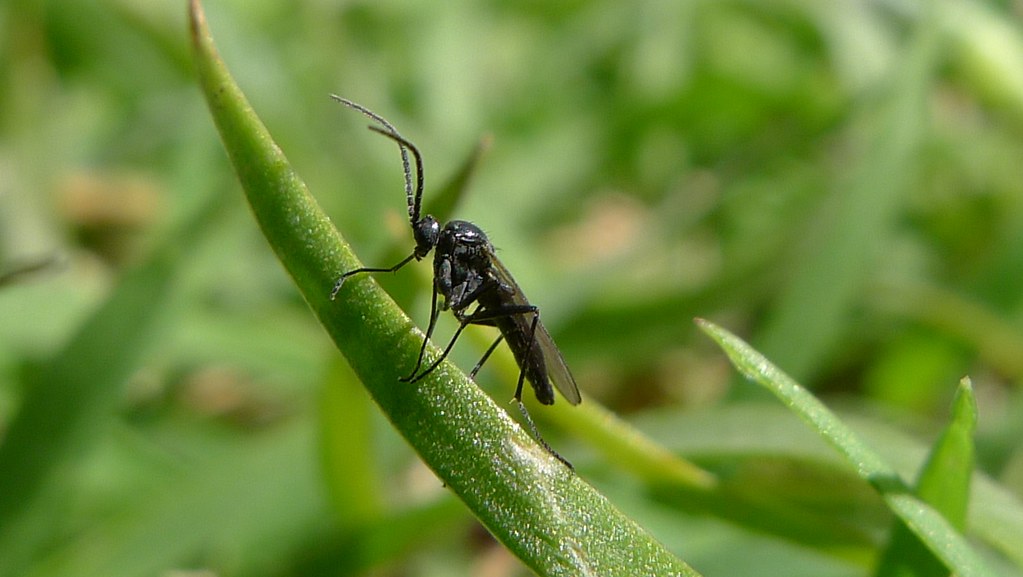

Not getting a solution?
Get your free pest control estimate today!Fungus Gnats: The Houseplant Nuisance
Fungus gnats are among the most frequently encountered gnats indoors, especially for homeowners who enjoy keeping houseplants. Appearance and Identification Fungus gnats are slender, mosquito-like insects approximately 1/8 inch in length. They have long legs, small, dark-colored bodies, and clear or smoky wings. Unlike mosquitoes, fungus gnats don’t bite humans, but they can be annoying as they hover persistently around indoor plants. Habitat and Behavior Fungus gnats thrive in moist, nutrient-rich soils, making overwatered houseplants their ideal habitat. Adult gnats lay their eggs directly in damp soil, and their larvae feed on fungi and decaying plant matter within the potting soil. Why They’re a Problem While adult fungus gnats don’t bite or cause direct harm to humans, their larvae can damage plant roots, causing stunted growth or plant death. Additionally, large infestations can cause considerable nuisance and negatively affect the comfort of your indoor environment. Preventive Strategies- Allow the soil in houseplants to dry slightly between waterings.
- Use well-draining soil and improve drainage in pots.
- Implement sticky traps near houseplants to capture adult gnats.
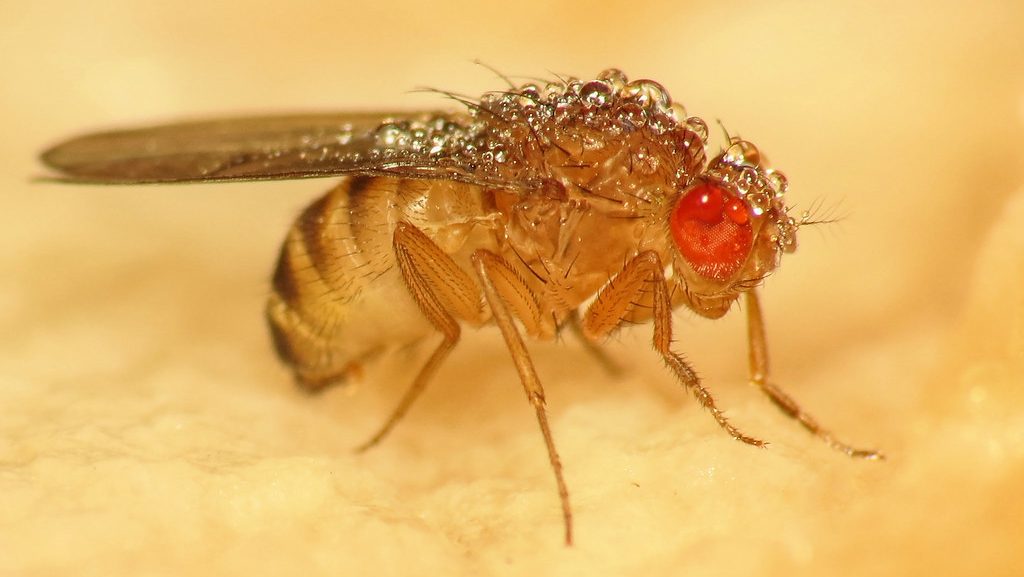
Fruit Flies: Unwelcome Kitchen Guests
Fruit flies are another common type of gnat, often found around kitchens due to their attraction to ripe or decaying fruits and vegetables. Appearance and Identification Fruit flies are tiny, about 1/8 inch in size, typically tan or brown with distinctive red or dark eyes. They fly in quick, erratic patterns, typically clustering near food sources such as fruit bowls, garbage cans, or open compost bins. Habits and Lifecycle Fruit flies breed rapidly, laying hundreds of eggs at once on the surface of fermenting foods. Their larvae grow on the required level of moisture and bacteria which is found in spoiled produce or residue in drains and garbage disposals. Why They’re a Problem Fruit flies do not bite, but they pose a hygiene issue, potentially transferring bacteria from contaminated surfaces to food preparation areas. Additionally, their rapid reproduction rate can lead to severe infestations if left unchecked. Prevention Tips- Keep fruits and vegetables refrigerated or covered.
- Regularly clean trash cans, sinks, and garbage disposals.
- Use vinegar-based traps to manage and eliminate adult fruit flies quickly.
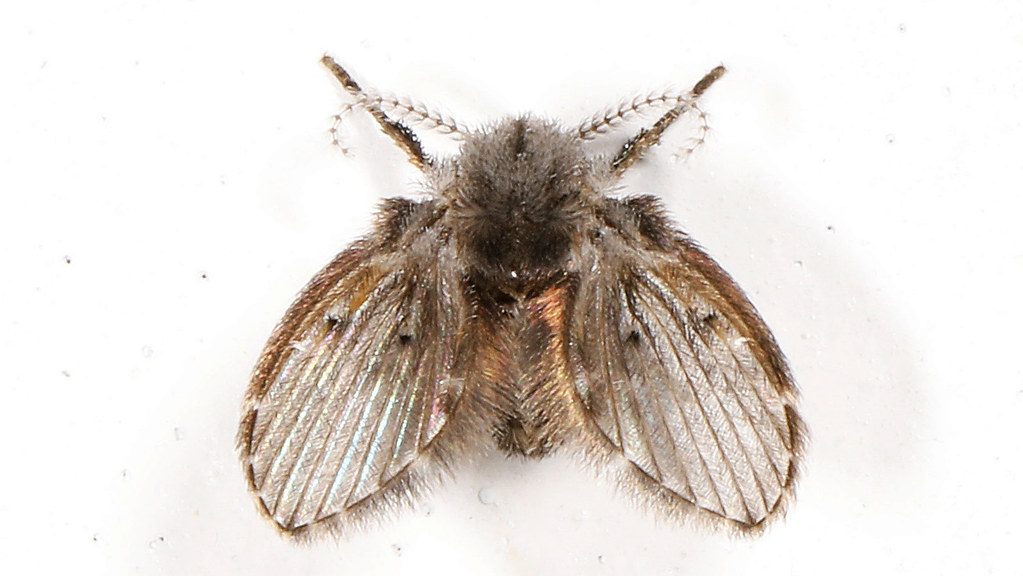
Drain Flies: Hidden Plumbing Pests
Drain flies, also known as moth flies, are often discovered near bathrooms and kitchen sinks. Appearance and Identification These small gnats are fuzzy, gray or tan, and have leaf-shaped wings. Drain flies usually rest on walls near their breeding sites and move with short, fluttery flights when disturbed. Breeding Sites Drain flies breed in organic buildup inside pipes and drains. They lay eggs in biofilm layers that form inside plumbing, especially in drains that are seldom cleaned or rarely used. Why They’re a Problem Although drain flies do not bite, they can cause allergic reactions in sensitive individuals. They’re also indicators of plumbing problems or poor hygiene practices. Effective Management- Regularly clean and disinfect sink and shower drains.
- Use enzymatic cleaners to break down organic buildup.
- Regularly flush seldom-used drains with boiling water to prevent infestations.
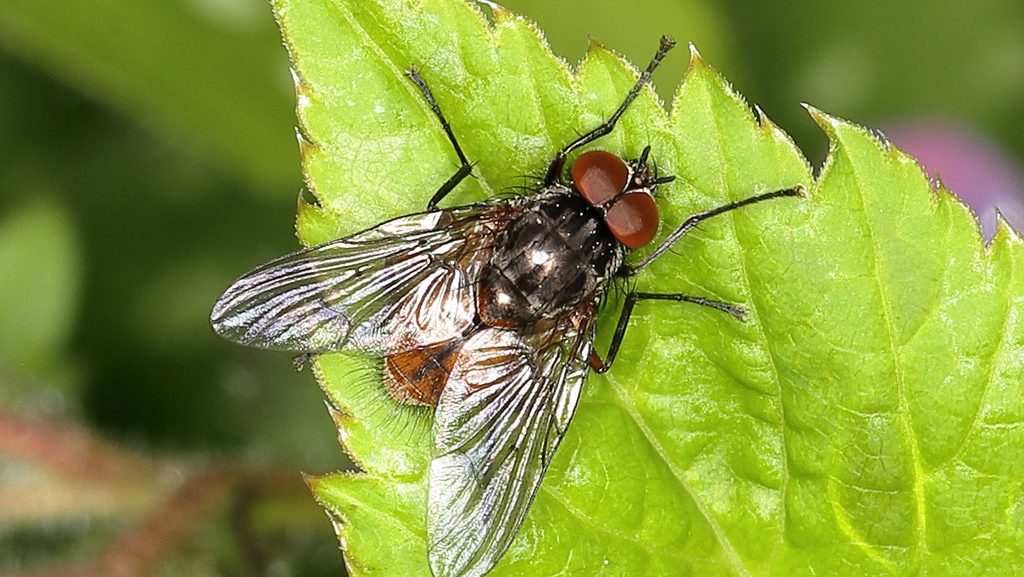
Eye Gnats: Annoying, but Harmless
Eye gnats are especially problematic in southern and coastal regions, though they can appear anywhere conditions are favorable. Appearance and Habits Eye gnats are tiny, around 1/16 inch, with shiny black bodies. They are named for their persistent hovering around eyes, noses, and mouths, seeking moisture and bodily fluids. Habitat and Behavior These gnats breed outdoors in loose, moist, organic-rich soils, typically found in gardens or agricultural areas. Indoors, they are nuisance pests that follow people inside through open doors and windows. Health Concerns Eye gnats don’t bite but can spread pathogens, notably causing conjunctivitis or eye infections by transferring bacteria between hosts. Preventive Measures- Improve window and door screens to prevent their entry.
- Limit watering and moisture accumulation in yard soils.
- Apply repellents if experiencing persistent problems during outdoor activities.
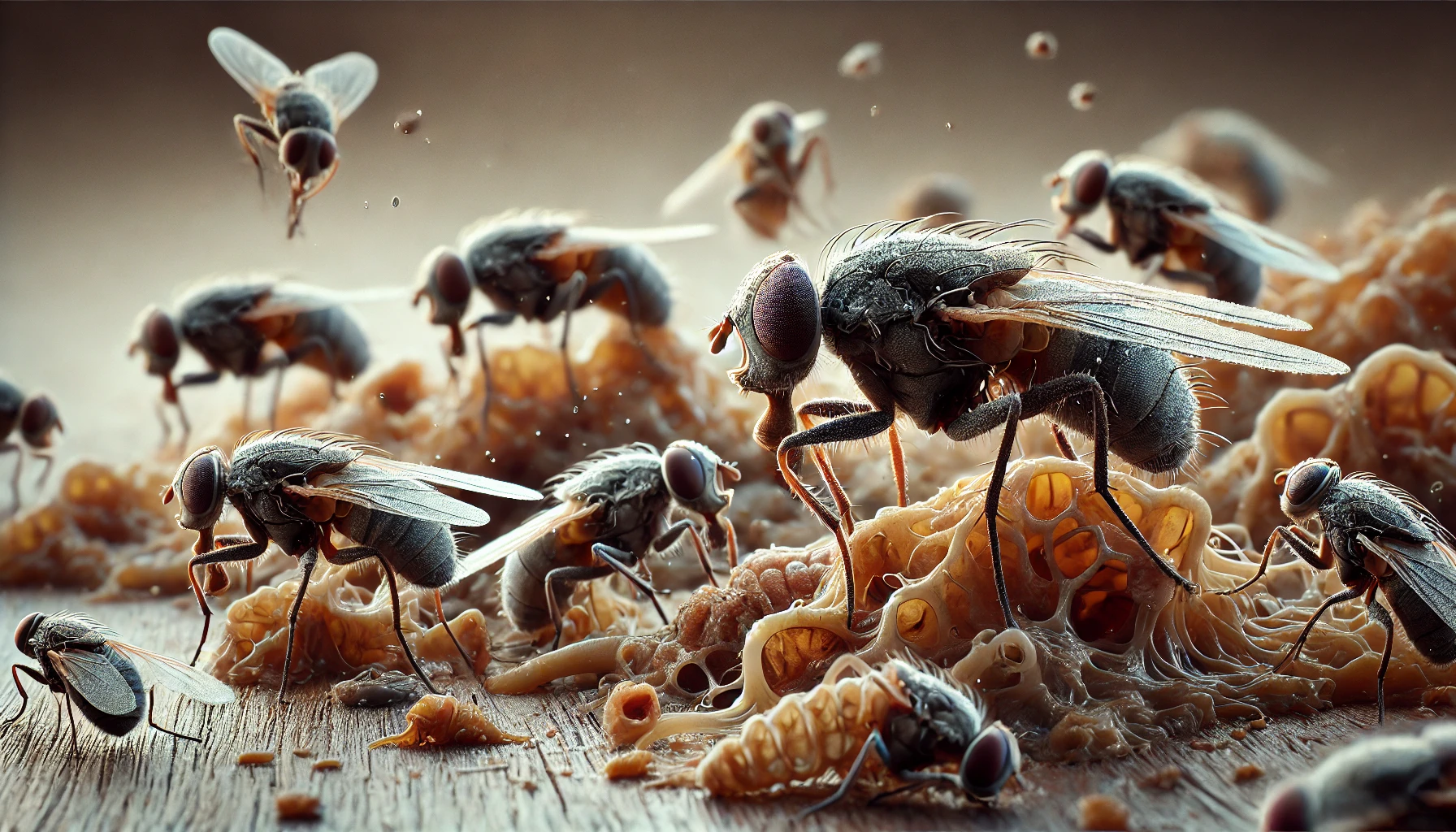
Phorid Flies: Quick and Elusive Intruders
Phorid flies, also known as humpbacked flies, commonly invade homes unnoticed, thriving in hidden locations. Appearance and Identification These flies measure about 1/8 inch and are recognizable by their humped backs. They scurry rapidly across surfaces rather than flying immediately when disturbed. Habitat and Sources Phorid flies breed in numerous decaying organic materials, including garbage, dead rodents, drains, and decomposing organic debris hidden within homes. Health and Hygiene Concerns While they do not bite, phorid flies can transfer harmful bacteria from decomposing materials onto food preparation surfaces, posing health risks. Control Strategies- Quickly address and clean up any spills, leaks, or decomposing material.
- Repair plumbing leaks immediately to prevent moisture buildup.
- Regularly inspect and maintain cleanliness under appliances, behind cabinets, and other hidden areas.
Visit our Species, Control, and DIY Guide sections for additional resources on gnats and ways to tackle a gnats infestation.





